Backyard Farming for Everyone: Get Started Easily Today
Author: Jen Worst | Editor: Omar Alonso
Review & Research: Jen Worst & Chris Miller
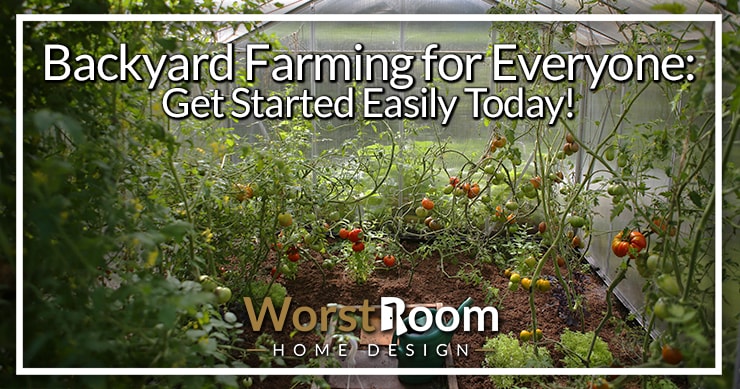
Backyard farming is a movement in which everyday spaces are turned into mini or micro-farms. It's a deliberate approach to growing and harvesting your own fruits and vegetables in a sustainable way without worrying about needing a large area.
You don’t need a big chunk of land to make it happen. So, where does it begin? What makes this possible? Let's take a look.
What Is Backyard Farming?
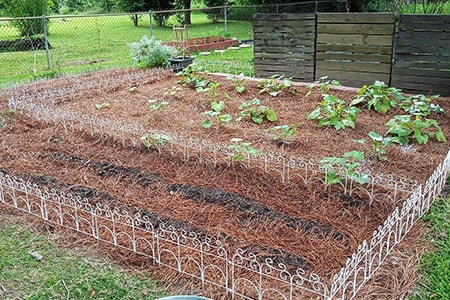
Backyard farming isn't the same as growing a couple of tomato plants every now and then and hoping to make the best of it. This method uses a concept called permaculture which is a type of organic farming where nature is the means to grow herb, fruits, and vegetables.
Why Backyard Farming is For You
One of the first and most practical benefits of having a backyard farm is that you can make a significant cut on your monthly grocery bill. It also helps you lower your carbon footprint.
The second advantage is that you get out and get some fresh air along with some much needed vitamin D. About half an hour every day is also a good form of exercise and a great way to move away from the sedentary lifestyle most of us experience in front of screens.
Then there is the issue of eating healthy. By consuming fruits and vegetables from your garden, you can reduce dependency on produce that's been subjected to a variety of chemicals. These fruits and vegetables also have a higher content of vitamins and minerals.
It is also a great hobby that is known to relieve stress and rejuvenate the mind. Developing a green thumb means developing a peace of mind and heart.
How to Start with Backyard Farming
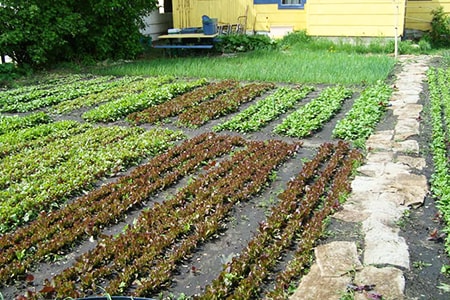
It’s really too difficult to find a starting point. But if you’re not sure, here are a few tips to give you confidence.
Local Weather
When you start thinking about backyard farming, you must begin with the local weather. You need to analyze whether the climate in your region is hot, cold, dry, or wet.
Whichever category it falls into, there are plants that can be grown in your backyard. The best way to analyze the growth of plants in your area is to take a look at weeds which get no watering or fertilizing. If they can thrive, then so can vegetables (of the right type).
Resources & Supplies
The best way to do this, if you don’t have prior experience is to start small. Try to find stores or nurseries that have discounted supplies.
Think about the access you have to manure and fertilizers. Look for places with discounted fruit trees and seeds that you can store, which is often the case at the end of the season.
Ask yourself if you need mulching materials. You might even want to check if your local municipality is offering discounts on wood chips, soil, and mulch. Find clever ways to keep your initial costs down. You can also look into the mulch alternatives we have listed.
Look at what is already growing in your backyard or those around you. If they're growing well, you might want to consider adding them to your small farm.
Establish Garden Zones
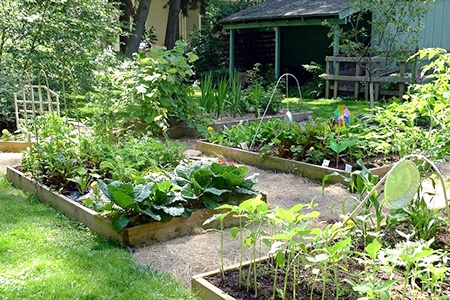
Once you’ve decided what grows naturally in your environment and what resources you have to nurture them, you must look for a good site. If you look at traditional farms, you'll see that they grow one crop in straight lines.
That’s not how a backyard farm works. You also don’t need large machinery and you can’t just grow food everywhere. So the options get narrowed quickly. This is a good thing.
Identify the different spots on your property where you can create a garden. Look at the available space and decide where you need to put plants and where you have fertile soil.
This gives you the chance to sow different kinds of vegetables and herbs. You must also consider sources of water. It’s not possible to sustain a garden if you can’t water the plants regularly and easily.
Backyard Farming Placement
Create a farming layout and give priority to trees and perennials. These are the permanent elements of your garden and also take a long time to grow.
So, keep them closer to the ground. Animals are also a part of the perennials and provide macronutrients that are a crucial part of your food security plan. Chickens are a great option.
Once the perennials are taken care of, shift your attention to annuals which last only one season. These can be placed anywhere.
It helps to map this out on paper before you get to work. It'll help you visualize your backyard and give you a chance to try out various plans before you do it for real. You never know what unknown variable you'll discover with trial and error on paper.
What to Grow in Your Backyard Farm
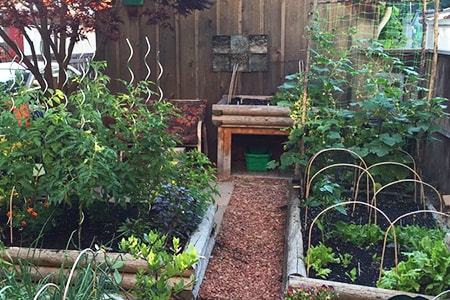
The idea here is to be self-sufficient, not to be a commercial operation. So, think about the scale of operations to suit the needs of you and your family.
Initially, you might not be able to produce enough to go off the grid. That’s okay and perhaps not even desirable. But if you start with just a few hobby plants, you won’t achieve self-sufficiency either. So think about the ultimate goal first.
Macronutrients
In most climatic conditions, potatoes are a staple. Potatoes easy to grow, harvest and store. They're also a good source of macronutrients. Speaking of which, it is important to identify which plants that are native to your region have proteins, fats, and carbohydrates.
These form some of the foundation of a backyard farm. A little research on the internet will give you the answers.
Also consider growing nut trees which are an excellent source of protein and fats. It is a bit difficult to harvest these plants but they are the centerpieces of many cultures. Make sure you know the best time to plant fruit trees, too, since timing is so critical.
Beans, sweet potatoes, and corn are all good sources of macronutrients and will keep you chock full of calories. Chicken and cattle also fall in this category but not everyone can manage them or has the space.
Fruits & Veggies
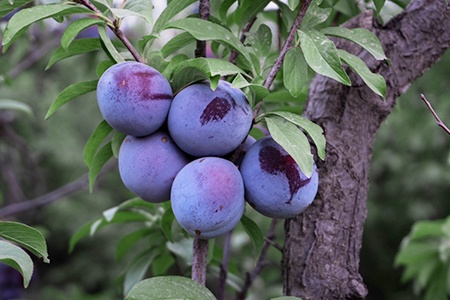
While macronutrients keep you alive, backyard farming is incomplete without high-value produce. Also, remember that these are some of the most expensive products at the store.
Growing them in your backyard will give your wallet a break and you might even be able to trade some of this stuff with neighbors who have gardens on their own. But remember that the end goal is to be self-sufficient.
Fruits like all types of watermelon, the various types of cantaloupe, and Crenshaw melons are good examples and places to start. If weather permits, you should also consider stone fruits like most types of peaches, plums, and apricots. Berries, apples, and pears are also a favorite among backyard farmers.
Micronutrients
This is the last category of produce which consists of foods that are rich in vitamins. Salad vegetables like lettuce, tomatoes, types of spinach, onions, and peppers are all great sources of micronutrients.
If you don’t feel confident, you can start with a simple kit of sprouting seeds and see the results in a few days.
Edible herbs and mushrooms are also a great choice of produce that has a lot of nutrients but not always high on calories. These vegetables are really good for overall health and take good care of your immune system and keep your organs functioning well.
Backyard Farming Myths
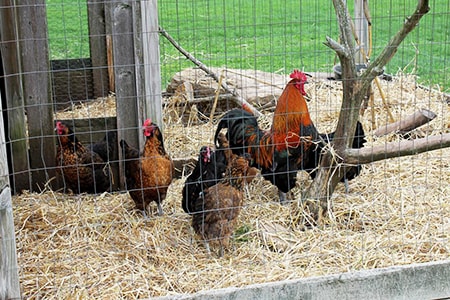
There are quite a few things that stop people from getting into this incredibly healthy, useful, and sustainable way of living. Let’s bust some of those backyard farming myths and get you started.
You don’t need a large piece of land to start backyard farming. As mentioned in the beginning, this is not just for farmers and those who own land.
There are many ways of creating a sustainable garden with fresh produce in your urban space too. Containers and raised beds can get the job done just as well.
It is not an expensive project that will consume your money before you get any results. It will cost you a little money to buy equipment but you can actually start farming with nothing more than a few seeds and a little soil that's in good shape for cultivation.
To make that happen consistently without outside input, you just need to believe in upcycling and recycling from waste. Composting the unused portions of plants can feed the next generation.
Educating yourself on best practices is great. But don’t let so-called permaculture rules intimidate you into abandoning the whole idea.
There are a ton of channels on social media that will teach you how to create a sustainable garden with nothing at all. When it comes to establishing zones, just use your common sense. You don’t always need a gardener to tell you what to do.
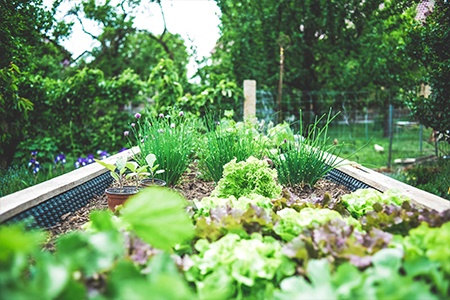
This is not a hobby for hippies and tree-huggers alone. Thanks to the epidemic of obesity, everyone is beginning to be conscious of the food they consume. Everyone is trying to find healthier options and it’s not always cheaper to switch to organic products.
So, a backyard farm is a perfect way to balance both those elements. You also have the added benefit of interacting with nature, getting some exercise, and anyone who has ever grown a plant will tell you that there is a great deal of joy to be had from watching something grow.
Backyard Farming is for Everyone!
Producing your own food is not the task that everyone makes it out to be. In fact, when you do it right (and you can), it's one of the great pleasures of life.
It gives you perspective on food consumption, helps you set goals for healthy intake, and yes, it's an incredible hobby to have that does so much good to the planet.
And the best thing about it is that you don’t need to be good at gardening to get this done. You'll get better with time as you gain experience with backyard farming.



